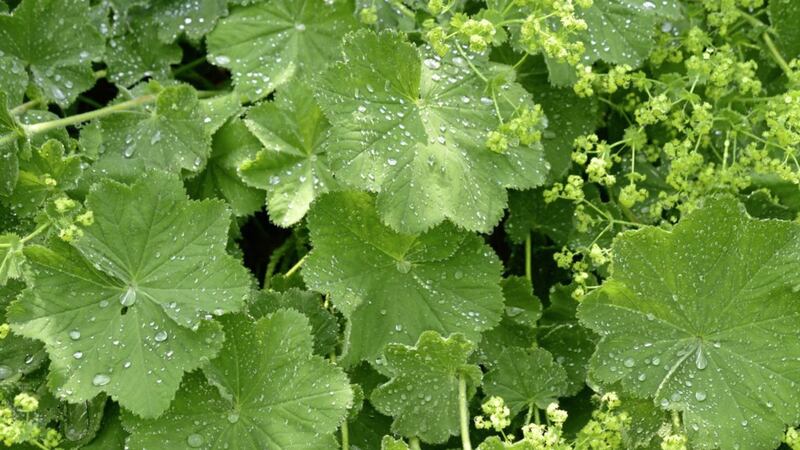THE debate over what is and what isn’t a weed will likely rage long after I’m pushing up Bellis perennis. Those who feel it necessary to ponder this question will surely conclude, like many before them, that a 'weed’ is a subjective notion and one that alters with context. The ‘weeds’ in my own garden vary from the above-mentioned daisies to sycamore trees taller than the house, with plenty in between. Some are obviously less welcome than others.
At one end of my 'weed’ spectrum you’ll find the much-maligned bindweed and suckers from plum trees, while at the other there’ll be foxgloves and opium poppies. I’ll do my utmost to eradicate the former two by digging them out, and I may even resort to using chemicals. The latter, however, will be encouraged and nurtured – I may even weed around them.
Likewise teasel, which in a conventional garden would be pulled up by the roots or zapped with glyphosate long ago. Dismissed by philistines as "a big thistle", teasel is an architectural plant of distinction, up there with the equally freely self-seeding Verbascum thapsus.
This biennial begins life as a small prickly rosette that in its second year sends up a tall thorny stem on which several purple-pink prickly flowers appear in late summer.
The bees love them, gold finches love the seeds in winter and they make fantastic dried flowers.
The majority of self-seeding plants are annuals and biennials. It’s quite rare to get a herbaceous perennial that propagates itself primarily by seed, largely because most are grown from F1 hybrid seeds which are either sterile or don’t grow true. Many perennials are also propagated by dividing a mother plant or taking cuttings. Notable and desirable exceptions are the relatively short-lived Verbena bonariensis and Lychnis coronaria.
Another exception is Alchemilla mollis, or what’s commonly known as ‘lady’s mantle’. There are fewer plants in the garden less pretentious than A. mollis but there aren’t many more versatile. It’s essentially a ground cover plant but one that doesn’t bully those around and is reasonably easy to contain.
The fact that it seeds itself freely can be an advantage or a curse, depending on your outlook. It’s not a plant you’re likely to see for sale anywhere and if someone suggests you pay for it, tell them where to go. Instead find a fellow gardener who’ll happily give you a couple of small plants to get a colony going.
It flowers from June through to September but the blooms are nondescript lime green clusters at a glance. On very close inspection they reveal scores of dainty, yellow daisy-like flowers.
It’s with its foliage though that lady’s mantle excels. The leaves are bright, robust and dense, growing into every available space yet never overwhelming whatever’s growing close by – the violet flowers of a geranium or spikes of a salvia against the hairy, light green leaves with scalloped and toothed edges.
Alchemilla mollis’s understated appearance also belies a variety of herbal applications, though its name – relating to ‘alchemy’ – displays less modesty. In addition to soothing sore throats when made into tea, the flowers have traditionally been used to treat mostly women’s ailments and complaints, and it is said to be used in late pregnancy to help strengthen the uterus.
It’s recommended to dry the flowers before using them in a herbal tea. And – by harvesting your Alchemilla mollis flowers and ingesting their goodness, you’re thwarting the plant’s reproductive process and helping prevent an unwelcome crop of ‘weeds’ next year.








